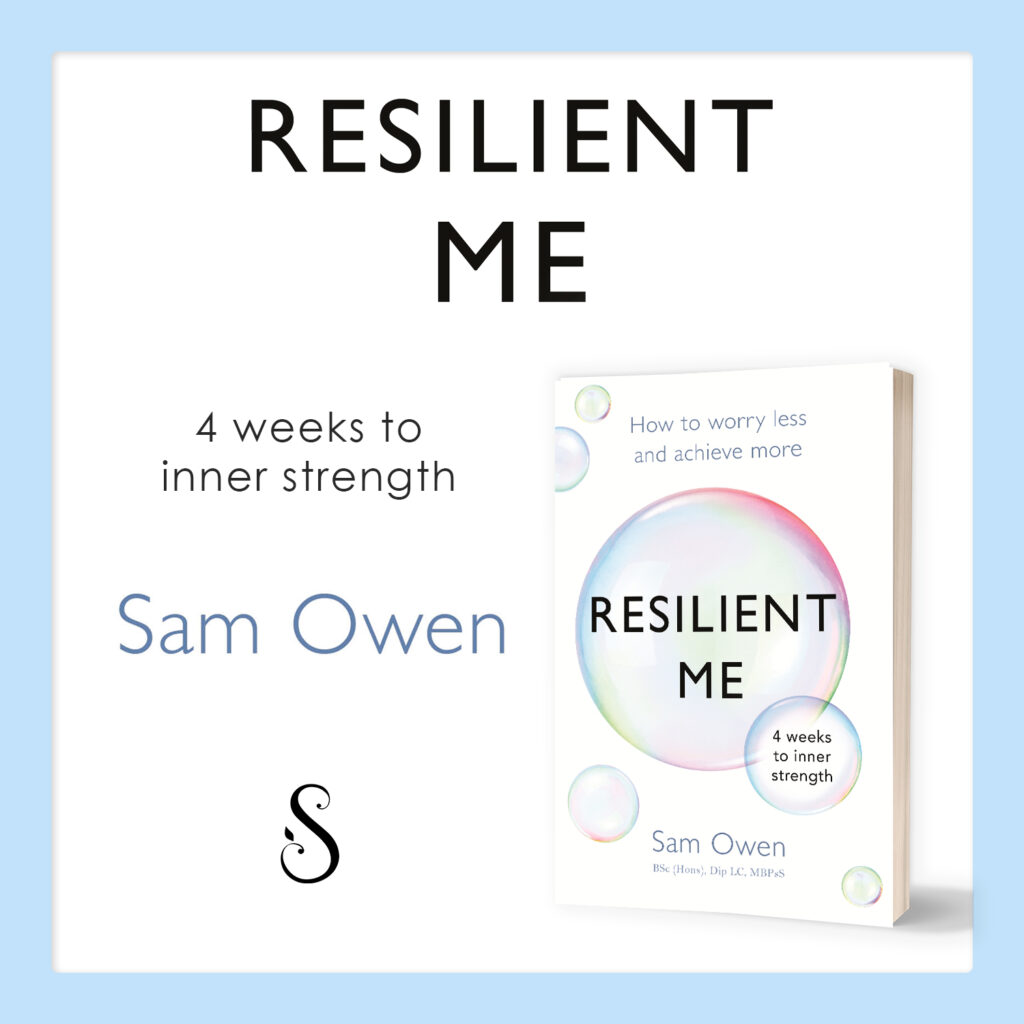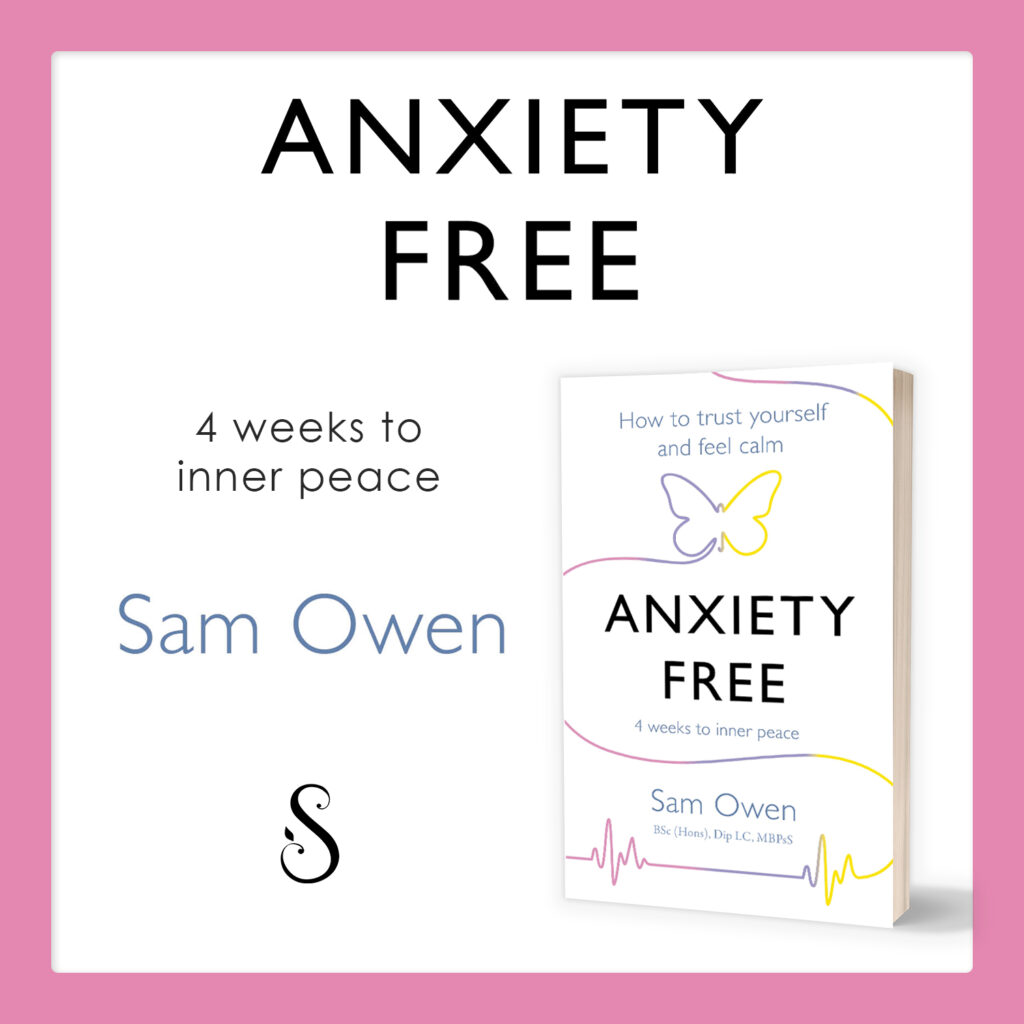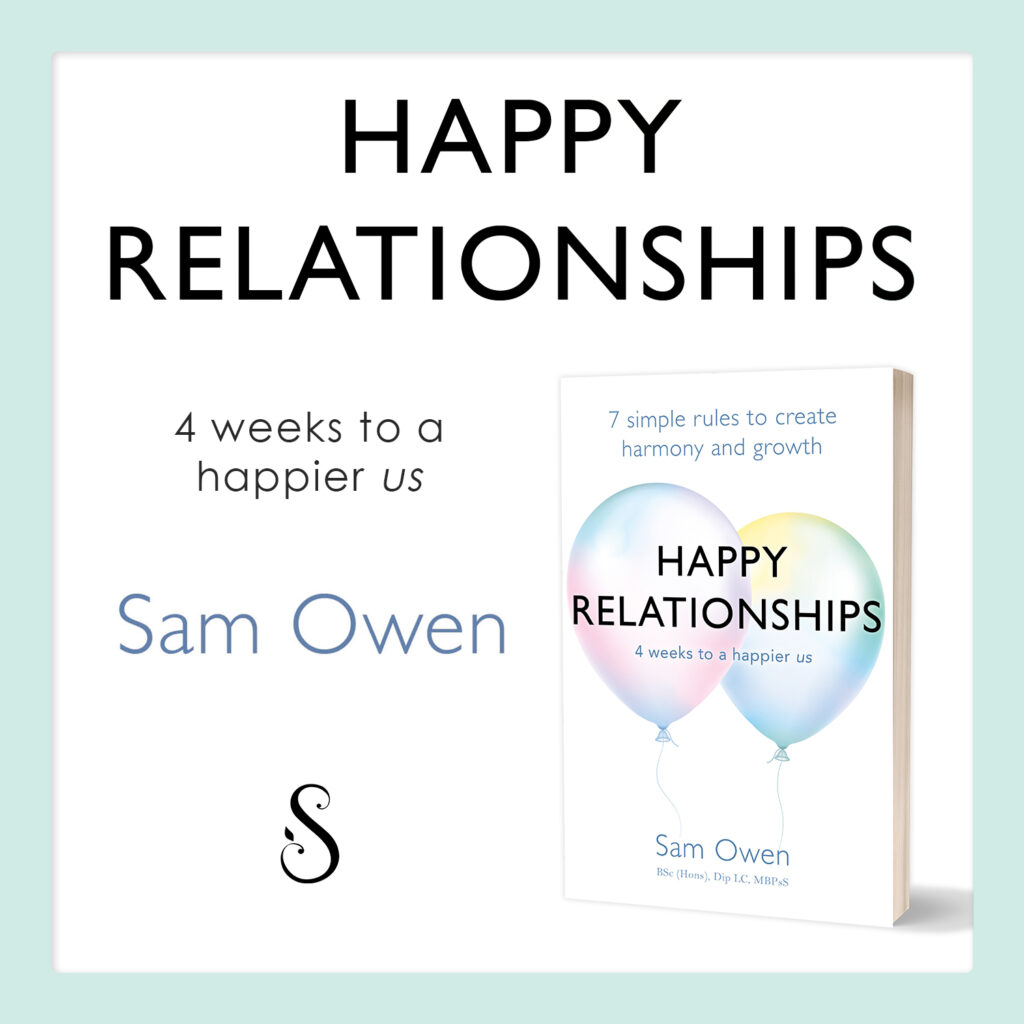
Trust Yourself To Intuitively Understand Non-Verbal Communication, Including Body Language
When communicating with people, do you trust your natural ability as a human being to read non-verbal communication? If you do, you will get further in business and in your personal life, you’ll build better relationships and you’ll even learn how to influence your own mood for the better.
I bet most people don’t even think about how much they pick up on innately. We pick up on body language all the time, often without realising it, and if you consciously think about all the things you know about non-verbal communication cues, I bet you could write quite a long list.
We actually read body language all the time; sometimes consciously, other times subconsciously. It keeps us out of danger, it helps us to bond with people, it helps us to know who we feel an affinity with and it can help us to land our next big promotion or contract…but only if we trust ourselves to use it correctly and give mindful attention to utilising it.
Just by reading non-verbal communication cues, we know how to make our next move. I use it to help me be highly effective as coach for the sake of my clients’ success. You could use it to get ahead at work or have better relationships with your partner, family and friends.
I’m not going to go into a list of all the cues that mean this, that and the other, because the whole point is I want you to remember that we are built to do this naturally anyway. I want you to learn to consciously utilise it and trust your own intuitive judgement. The research by Voss and Paller (2009) noted in this article I wrote some time ago (based on my own informal experiments spanning over a couple of years) will help you with this endeavour. Read it, share it; it can change a person’s life around, especially those who have a tendency to doubt themselves.
To give you an extra helping hand, here are some pointers to bear in mind next time you are dealing with people, whoever those people may be.
Understanding Non-Verbal Communication By Asking Yourself Key Questions
Remember that our brain is consciously and subconsciously performing multiple processes simultaneously. Therefore, consciously processing another person’s conscious and subconscious cues, whilst simultaneously talking to them or listening to them, is something we are wired to do.
Whilst in communication with someone, ask yourself some simple questions:
- What is this person’s body conveying to me and is it congruent with (match) what they are verbally saying?
- If this person’s body language is incongruent with what they are saying, what might that convey about their internal dialogue that perhaps even they are not aware of?
- What are they not saying when they speak about topic ‘x’ and is that a highly unusual response? For example, this is how the lies of a criminal under interrogation, begin to unravel.
- Does the person have confidence in what they are saying and what does the answer reveal about them and the topic in hand?
- What’s the history of the relationship you have had with them and is the sudden change motivated by a desire to genuinely bond with you or motivated by a desire to gain something from you?
- If the person’s actions contradict their verbal communication, what does that say about them and their internal state of mind? For example, does it mean they are unsure of what to do; are confused; are purposefully trying to deceive someone; are trying to portray one image (a facade) when the real one is seeping through?
- Is the person’s body language a learned response that they simply indulge out of mere habit? For example, a frequent frown, or regularly hunched over shoulders might be the way they have become accustomed to holding their face or body; it might not mean what it would if it was not regular occurrence. (It’s very important to note that such non-verbal habits can actually shape our mental experience.)
- What was being said when someone changed their entire demeanour and why might they have done that?
- Are they displaying two non-verbal cues (or a verbal cue with a non-verbal cue) that carry significance when paired together, significance they wouldn’t carry if displayed at separate times?
- What miniscule body movements take place on the periphery of your vision whilst you are talking to someone in front of you? These cues about people in your periphery vision can not only indicate that they are listening to you, but even their internal thoughts about what’s being said between you and the person in front of you.

























